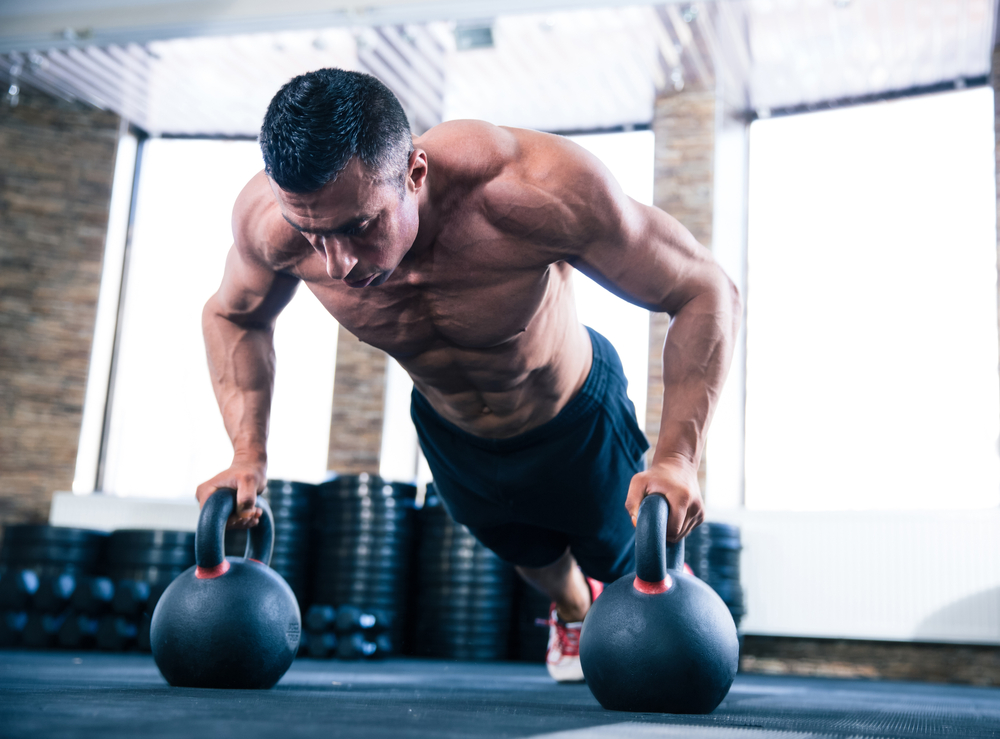Crossfit for powerlifting
CrossFit is not a great match to support powerlifting performance. There are no extra points in powerlifting for completing the lift extra fast or multiple times over. The powerlifting techniques and mindset are better paired with concepts from bodybuilding.
What is your goal
Before we go into the details of whether These different forms of sports activity are effective for you it is important to take a step back and assess your goals. Ask yourself:
-
Why do you want to train?
-
Why do you want to change?
-
What happens when you do?
-
What happens if you don’t?
To be successful with your training, or almost anything in life, one of the key components is consistency. It is very hard to be consistent if you don’t know what you want and why. A bit of reflection seldom hurts and often comes short in our fast-paced, routines lives. So, take off the blinkers and take a look around. Why are you doing all of this?
What helps me for reflections and staying on trick are my self journal and scribe notebook. They are the best tools to track my progress against a goal and check whether I am making headway. They also constantly remind me of the good things in life and what actually went well.
-
Do you keep a journal?
-
Does it help you to think positive and emphasize what works in your life?
All of this will help tremendously to determine whether CrossFit, Bodybuilding, Powerlifting or other sports are the right choices to make you successful and happy.
Crossfit
CrossFit has been on the rise lately. In its core, it is an extreme form of circuit training that utilizes barbells, pull-ups and conditioning training. It has its roots in military training and has the aim to create the “fittest people on earth”. This means that CrossFit creates bodies and physiques which are able to adapt physically to almost anything you throw at them. More or less the ideal definition of what you want in a front line soldier. Not specialized in one thing and in the top 5% of fitness of anything they have to do.
What separates CrossFit from many other things in the gym is that you will be always be competing. Either against the clock or others. This introduces a high grade of intensity into the training. Based on this it yields results.
What else to consider for CrossFit
Pros of Crossfit
The big pros of CrossFit are that it has a high focus on intensity and that almost everything is measured. You will hardly find a workout that does not have any benchmarks attached to it you want to strive for. This makes it great if you are competitive or to show results over a short period of time. Many other exercise regimens leave you a lot of freedom to take rest, speed up or slow down. Not so with CrossFit. Crossfit is always gogogo.
Cons of Crossfit
The negative sites of CrossFit are the Jack of all trades approach and the high intensity even for beginners. For world-class athletes, CrossFit might not be ideal as you spent very little time to perfect one thing in favor of being good at everything. This will get you to the top 5% in the world in almost any sports activity, but not into the top 1% where Olympic medals are won. The lack of specificity of CrossFit can come as a disadvantage for athletes who want to compete at the highest levels. They are better off looking for more specific supporting exercises to their sport to support their performance.
For beginners, the quick emphasis on high intensity can become an injury risk and demotivating. If you have issues and don’t understand the movement patterns yet the last thing you want to do is to put the pressure on by creating a competitive environment. You need a very good coach to adjust for this and an individual who is willing to accept the coaching. Both are rare specimen and this is why CrossFit can be very dangerous especially for beginners. Combine this with Olympic lifting, which CrossFit does, and you have created a high risk for injury.
Alternatives to Crossfit
Good alternatives to CrossFit are
If you like competing against the clock or for repetitions to keep your mind sharp and the sweat pouring you can opt for circuit training without added resistance. Only use your bodyweight and try not to cheat your way into more repetitions by using bad form. Examples of this kind of training would be bikini body mommy or a routine like 100 push-ups, 100 pull-ups, 100 squats, and a 10km run. Of course, this one is a more extreme example, but you get the idea.
If you like working with a barbell you can opt for powerlifting instead of the many Olympic weightlifting components in CrossFit. The bench press, squat, and deadlift are easier to master than the clean and jerk, snatch and front squat you do in CrossFit. With this, you can work with a barbell without having to go too technical.
If you want to have more stamina and work on your lunges than running is a good, cheap alternative to CrossFit. Start with a couch to 5k program and work your way from there. Hal Higdon has some excellent programs you can follow to improve.
Powerlifting
Powerlifting is the sport of the total. Your total consists of the three lifts, the bench press, squat, and deadlift. For each of these lifts you get three attempts in competition. The best attempt for each lift will be added up to form your total. To keep things fair, just like in martial arts, powerlifting works with different weight classes to separate the field based on their size and weight. You find this concept across many sports which involve lifting or man to man combat.
A big difference to lifting in the gym is that you will be judged. There are three different referees who observe your performance from different angles. They decide whether you executed the lifts according to the standards of the federation you are competing in. Failure to do so will result in the lift bit given. Two out of three judges have to agree for the attempt to qualify. For each lift there are different rules on how they need to be executed, generally, you will get a command and from then on you are expected to complete the lift in one smooth movement without help.
Pros of Powerlifting
Powerlifting is very easy and low risk as a sport. Even though many mothers of teenage boys and doctors are not huge fans of heavy lifting you are actually less likely to obtain a severe injury from lifting them from team sports or martial arts. This is why powerlifting is very popular with retired athletes. Even if you are injured you can still do reasonably well in the sport and it was probably part of your training anyway.
Cons of Powerlifting
Powerlifting makes you big and strong but might not breed the most agile athletes in the world. It can also be hard on your lower spine, knees and shoulders. It can also become quite boring as you do it by yourself and it is always the same over and over.
Alternatives to Powerlifting
Alternatives to powerlifting are:
Strongman competitions are usually outdoors and therefore might be a bit more appealing to you than powerlifting. A special tale on this would be the Highland games which also come in different flavors. Compared to powerlifting each competition will be slightly different. They also usually draw bigger crowds than powerlifting competitions as they are incorporated into some local farming or other outdoor exhibition. The downside is that this sport has no weight classes and therefore tends to be dominated by giants. If you are not six foot tall and weigh more than 120kg you will be hugely disadvantaged to do well in Strongman competitions.
If you like to work with a barbell but want to be more explosive than Olympic weightlifting might be for you. Compared to powerlifting the lifts are more interesting and the sport is also Olympic which might add some extra appeal for you. Smaller individuals have a fair chance as competitions are regulated by weight class. You will also need less equipment compared to powerlifting as the weights you move are lighter. This means fewer plates and a squat stand instead of a rack. Still, you might not change your barbell more often as you will constantly drop it from overhead. The disadvantage of weightlifting is that it needs a lot more athleticism and flexibility than powerlifting. If you are starting from zero you will have a tougher time to get reasonably good at it.
Lumberjacking is an interesting twist on Strongman competitions. They need more technique and finesse than strongman competition as you have to read the wood and swing the axe accordingly. There is also some engineering involved as some competitions allow to compete with customized chainsaws. As this is more about technique than size you also have a good chance even if you are not a beast. Although being big definitely helps. The downside to lumberjacking is that you need a lot of wood. If you are not in the industry and live in town this might become a challenge. The injury risk is also a lot higher as you will be around axes, chainsaws and wood chips that fly through the air.
Crossfit for Powerlifting
CrossFit is not the best match for powerlifting as powerlifting only works with the barbell and has no incentive for completing as many repetitions as possible or contenting the lift as fast as possible. There also no extra points in powerlifting for being able to complete the 9 lifts over a shorter period of time-based on shorter rest periods between them. You would be better off to invest your accessory work time in bodybuilding as bigger muscles move bigger weights.


